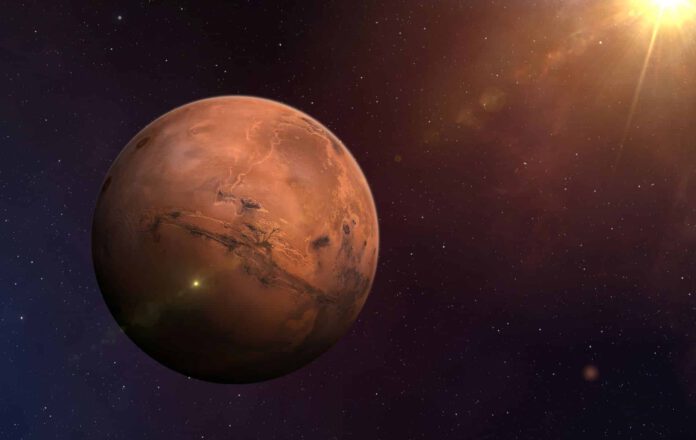
Unraveling the Mysteries of Ocean Currents and Their Impact on Global Climate
While it might look like our global oceans are moving chaotically in different directions, this couldn’t be further from the truth. Beneath their surface, numerous predictable currents and water vortices operate with surprising precision. According to recent research, these deep-sea circulations are governed by an astonishing 2.4 million-year cycle of increasing and decreasing strength.
This cycle, it seems, is tied to the amount of solar energy absorbed by our planet and to long-term climate change. Fascinatingly, the primary driver of this process is the gravitational interaction between Earth and Mars, creating immense whirlpools on the ocean floor with potentially very critical impacts on our climate, notably possibly reducing the risk of the Gulf Stream grinding to a halt.
A Half Century of Ocean Drilling
French and Australian scientists have been studying whether the ocean floor currents speed up or decline in a warmer climate. They calculated how ocean circulation over millions of years is affected by Mars’ gravitational pull and proposed ways to leverage this knowledge to refine existing climate models. Importantly, the cycles identified bear no relation to the present human-induced global warming.
Cycles Spanning 2.4 Million Years
The scientists used more than fifty years’ worth of scientific drilling data from deep-sea ocean floors worldwide to comprehend deep-sea current strength throughout time. They examined sedimentary shifts and changes in Earth’s orbit, leading to the discovery of 2.4 million-year-long cycles, also known as ‘astronomical grand cycles’.
“We were astonished to find these 2.4 million-year cycles in our deep-sea sediment data. There is only one way to explain them: they are linked to the interaction between Earth and Mars in their orbit around the sun,” explains researcher Adriana Dutkiewicz from the University of Sydney.
Interacting Gravitational Fields
Dietmar Müller, Dutkiewicz’s colleague, further clarifies, “The gravitational fields of the planets in our solar system interact with each other. This interaction, which we call resonance, changes the eccentricity of the planets, an astronomical measure of how close their orbits are to being perfect circles.”
Interestingly, a warmer part of a cycle coincides with an increase in fractures in deep-sea sediment, due to stronger circulation near the ocean floor. These deep wave movements may have been a crucial factor in past ocean warming, and the scientists speculate that these could potentially temper future effects of a faltering North Atlantic drift, known as the AMOC, which drives the Gulf Stream and moderates Europe’s climate.
The Influence on the Gulf Stream
“We know that there are at least two separate mechanisms contributing to the strength of deep water mixing in the oceans. The AMOC is one, but deep ocean eddies also play an important role in warmer climates. Their effect on the transport of water masses from low to high latitudes, and vice versa, is not as large as that of the AMOC, but these eddies should not be underestimated”, asserts Müller.
These eddies are enormous whirlpools that often reach the deep seafloor, causing significant erosion of the bottom layer and large accumulations of sediment, similar to sand or snowbanks, known as contourites. “Our deep-sea data over the last 65 million years shows that warmer oceans have stronger deep circulation. It is possible that these intense eddies may prevent the Gulf Stream from slowing down or disappearing in the near future, as some scientists predict,” suggests Dutkiewicz.
Improving Climate Models
While it is currently not possible to accurately predict the complex interplay of all the processes driving deep-sea dynamics and marine life, the researchers are hopeful their new insights will contribute to the development of improved climate models.











